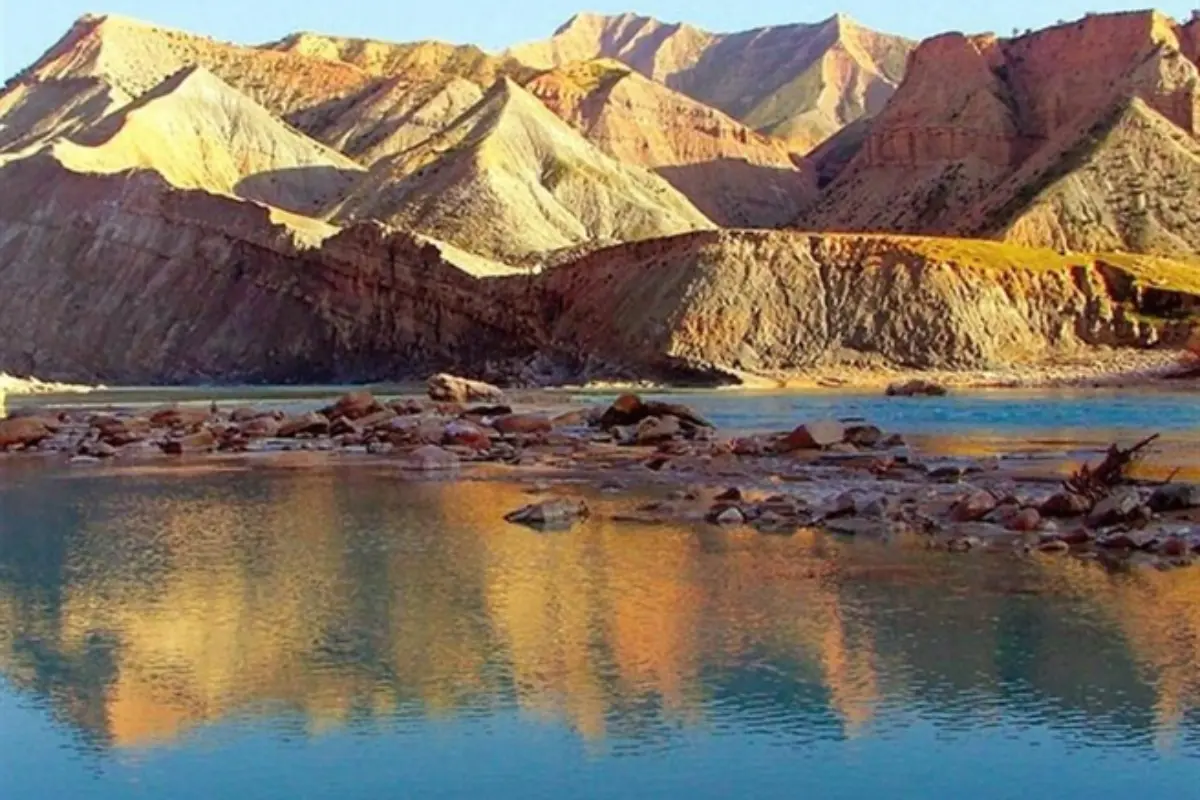
eLibrary: Siraf
Explore the rise and decline of Siraf, a major port on Iran’s Gulf coast from 750 to 1000 CE. This exhibition brings together architecture, ceramics, anchors, and environmental evidence to show how maritime trade, coastal change, and human resilience shaped a city once central to Indian Ocean exchange.
This is the latest version of an electronic library of resources supporting the exhibition. It offers free and immediate access to online resources for anyone wanting to explore further the context of the museum’s artifacts. As the museum develops, more resources, in more languages, will be added.
NOTE: Some of these links come from Academia.edu and Researchgate.net. These require a free one-time registration. To research further yourselves, you may consider registering with Jstore.org which gives limited but free monthly access to its collections
Articles
Darabi, J.P. and Alamolhodaei, P., A new attitude towards ancient finds of Siraf (an investigation into the hydraulic structures of Lir Valley).
Fergadiotou, E. 2018. Glass Production and Trade in the Early Islamic Persian Gulf, PhD Thesis, Nottingham.
Jelodar, M.E.E., 2021. Archaeological Research of the Persian Gulf; Ancient port of Siraf
Khakzad, S., 2012. Siraf archaeological report. Sasanika Archaeology, 5, pp.1-8.
Khakzad, S., Trakadas, A., Harpster, M. and Wittig, N., 2015. Maritime Aspects of Medieval Siraf, Iran: a pilot project for the investigation of coastal and underwater archaeological remains. International Journal of Nautical Archaeology, 44(2), pp.258-276.
Mohajeri, S., 2010. Siraf-a successful traditional way of water harvesting in Iran. A drynet science & technology expertise, pp.1-9.
Nash-Pye, C.K., Meek, A., Schibille, N. and Simpson, S.J., 2025. High alumina plant ash (v-Na-Al) glass bangles from Siraf: Clarifications on a Central Asian glass group (9th-14th century). Journal of Archaeological Science: Reports, 62, p.104970.
Panjehbashi, E. and Mohammadjani Divkolaei, Z., 2024. A Comparative Study of Siraf Plaster Motifs with those Found in Chal Tarkhan and Ctesiphon. Ancient Iranian studies, 3(9), pp.43-69.
Pourkerman, M., e.a., 2020. Geoarchaeology as a tool to understand ancient navigation in the northern Persian Gulf and the harbour history of Siraf. Journal of Archaeological Science: Reports, 33, p.102539.
Pourkerman, M., e,a, 2018. Tracking shoreline erosion of “at risk” coastal archaeology: The example of ancient Siraf (Iran, Persian Gulf). Applied Geography, 101, pp.45-55.
Priesterman, S.M.N., 2013. A Quantitative Archaeological Analysis of Ceramic Exchange in the Persian Gulf and Western Indian Ocean, AD c.400 – 1275, PhD Thesis Southampton.
Renterghem, V. van, 2018. Siraf in Arabic and Persian sources. Sur les chemins d’Onagre–Histoire et archéologie orientales. Hommage à Monik Kervran, pp.221-233.
Simpson, S.J. Finds from Siraf, a port on the Persian Gulf, and the progress made on their publication, P/P presentation
Swan, C.M., e.a. 2017. Compositional observations for Islamic Glass from Sīrāf, Iran, in the Corning Museum of Glass Collection,
Taheri, M.E., 2014. The Prominent Figures and Scholars of Siraf. History of Islam, 7(27), pp.93-110.
Tofighian, H., 2014. Investigating the Ancient Siraf’s Coastal Architectural Structures by Underwater Archaeology. Journal of Archaeological Studies, 6(1), pp.38-21.
Tomber, R., Spataro, M. and Priestman, S., 2022. Early Islamic torpedo jars from Siraf: scientific analyses of the clay fabric and source of Indian Ocean transport containers. Iran, 60(2), pp.240-263.
Whitcomb, D., 2014. A Sequence of Iranīan Ports: Islamic Archaeology in the Persian Gulf. International Journal of the Society of Iranian Archaeologists, 2(3), pp.47-53.
Wilkinson, T.J., 1974. Agricultural decline in the Siraf region, Iran. Paléorient, pp.123-132.
Yılmaz, E., 2023. Politik ve Ekonomik Bir Olgu Olarak Siraf Limanı İpek Yolu Ticareti. Uluslararası Sosyal Bilimler Akademik Araştırmalar Dergisi, 7(1), pp.62-73.
